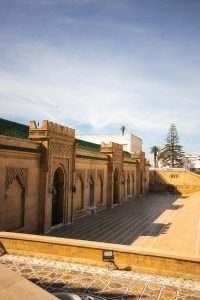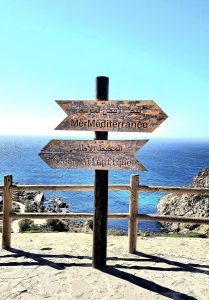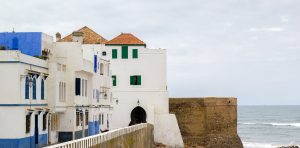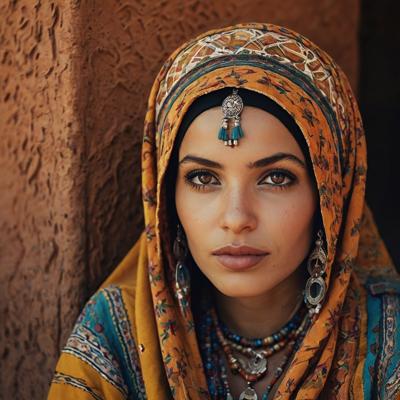Best Cities to Visit in Morocco
Explore must-visit cities like Marrakech, Fes, Casablanca, and Chefchaouen.
Best cities to visit in Morocco aren’t just places on a map; they’re living stories full of color, rhythm, and soul. The first time I went to the Jemaa el-Fnaa square in Marrakech, the air was full of the smell of grilled lamb, orange blossom, and the faint scent of leather from tanneries nearby. Under the North African sun, snake charmers and storytellers worked their magic. Drummers made rhythms that seemed to pulse through the cobblestones. That moment, decades ago, made me fall in love with Morocco’s cities. Each one is a colorful mix of history, culture, and too many things to see and do. As a native of Marrakech who has traveled all over Morocco for years, I love how each city has its own unique character, from the old streets of Fes to the windswept beauty of Essaouira. If you’re going to Morocco, let me show you the cities you have to see that will leave you enchanted, inspired, and overwhelmed in the best way possible.

Marrakech embodies the essence of Morocco. Known for its rose-colored walls, the Red City is a place where beauty and chaos coexist. A UNESCO World Heritage Site, Marrakech’s Medina is a maze of souks that sell everything from spices to handwoven rugs. Wander through and haggle for treasures, but don’t miss the Best Hidden Cafés in Marrakech—like Café des Épices, where you can sip mint tea while overlooking the bustling Rahba Kedima square. What is my fondest memory of the Medina? As a teenager, I got lost in the souks and stumbled upon a tiny stall where an older man taught me how to brew the perfect Moroccan tea.
Beyond the markets, the Top Things to Do in Marrakech include visiting the Bahia Palace, with its intricate tilework and serene courtyards, and the Jardin Majorelle, a cobalt-blue oasis once owned by Yves Saint-Laurent. For a bird’s-eye view, seek out one of the Top Rooftop Views in Fes—I mean, Marrakech (Fes has its charms, but we’ll get there). Try Le Foundouk’s rooftop for a sunset cocktail with the Atlas Mountains as your backdrop. If you’re a foodie, dive into the Street Food scene in Marrakech—grab a tanjia, a slow-cooked meat dish, from a stall near Jemaa el-Fnaa.
Pro tip: Visit in spring or fall to avoid the scorching summer heat, and always carry cash for smaller vendors.
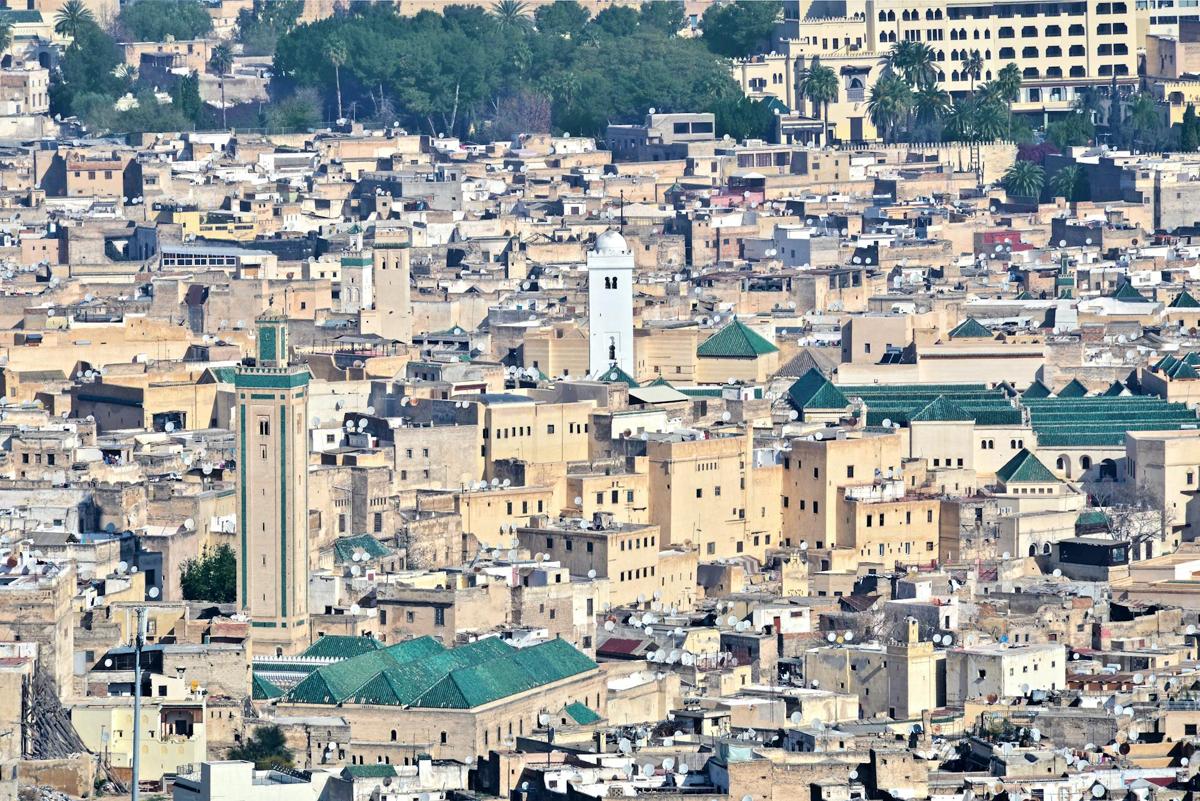
Fes is Morocco’s soul, if Marrakech is its heart. Fes is one of the oldest medieval cities in the world, and its Historic Landmarks are unparalleled. Entering the Fes el-Bali Medina, another UNESCO World Heritage Site, is like travelling back in time. Craftspeople hammer copper and dye leather in colourful vats along its winding alleys, some just wide enough for two people to walk down. I once spent an afternoon watching a tanner at the Chouara Tannery as he described the centuries-old method. He had indigo-stained hands. It is humbling to see traditions that haven’t evolved since the ninth century. At the Chouara Tannery, I once spent an afternoon observing a tanner explaining the centuries-old technique. His hands were stained indigo. It’s humbling to witness traditions that have remained unchanged since the 9th century.
For history buffs, Exploring Jewish Heritage in Fes is a must. The Mellah, or Jewish quarter, houses the Ibn Danan Synagogue, a beautifully restored 17th-century site. Don’t skip the Artisanal Shopping in Fes—the city is renowned for its pottery and textiles. Visit Dar Batha Museum for a glimpse of Fassi craftsmanship, or haggle for a hand-stitched kaftan in the souk. If you’re seeking a unique vantage point, the Top Rooftop Views in Fes at places like Palais Faraj offer panoramic views of the medina’s minarets. One challenge: The medina can feel overwhelming, so consider hiring a local guide to navigate its 9,000-plus alleys on your first day.

Casablanca often surprises first-time visitors. It’s not the romanticized city of the 1940s film but a bustling hub where modernity meets tradition. A Weekend in Casablanca should start with the Hassan II Mosque, one of the few mosques open to non-Muslims. Its minaret soars 210 meters, and the Atlantic waves crash against its courtyard—standing there feels like you’re at the world’s edge. I remember my first visit as a student, awestruck by the mosque’s intricate zellige tiles and the sound of the call to prayer echoing over the ocean.
Casablanca provides luxury travel for those who desire it. In homage to the classic film, stay at the Four Seasons or eat at Rick’s Café. A stroll at sunset or a cup of coffee at a stylish café are ideal activities on the Corniche, a seaside promenade. Agadir has many of the best kid-friendly attractions, but Casablanca has some kid-friendly attractions, such as the Sindibad Amusement Park.

Chefchaouen, Morocco’s Blue Pearl, is a photographer’s dream come true, nestled in the Rif Mountains. A surreal, almost otherworldly atmosphere is produced by the medina’s heavy use of blue paint, which ranges from delicate pastels to rich indigos. I fell in love with Chefchaouen’s laid-back charm on an impromptu road trip. The Photographer’s Guide to Chefchaouen recommends locations such as the Ras El Maa waterfall and the hilltop Spanish Mosque for capturing stunning golden-hour shots. Wander the medina’s narrow streets, where every corner reveals a new shade of blue or a cat napping on a cobalt doorstep.
Chefchaouen provides a window into Rif Mountain culture and its aesthetic appeal. For a nature fix, hike to the nearby Akchour Waterfalls, visit the tiny Ethnographic Museum, or have tea at a café in Place Outa el Hammam. The city is ideal for tourists looking for peace because it is more tranquil than Marrakech or Fes. Insider tip: For a genuine experience, stay in a traditional riad like Dar Echchaouen. You should also pack a light jacket because the mountain air gets cold at night.

Essaouira’s salty breeze is a pleasant diversion from Morocco’s inland heat. Artists and surfers seek refuge in this seaside city, well-known for its relaxed atmosphere and wind-swept ramparts. With its views of the Atlantic and its 18th-century cannons, my first stroll along the Skala de la Ville was like entering a pirate film. Two of Essaouira’s top attractions are fresh seafood and a thriving arts scene. Eat grilled sardines at a seaside stand or local art in the medina’s galleries.
Essaouira offers a variety of lodging options, from boutique hotels like Heure Bleue Palais to more affordable riads. Another UNESCO site, the medina, is easier to navigate on foot because it is not as crowded as Marrakech’s. Visit Rabat’s Historical Mosques—I mean the historic sites in Essaouira, such as the Sidi Mohammed Ben Abdallah Museum—if you’re interested in history. One difficulty: Essaouira is known as the “Windy City of Africa” due to the unrelenting wind. Bring a scarf and accept it.

The phrase “Romantic Getaway in Rabat” doesn’t express enough affection. The capital of Morocco is charming despite being more subdued than its more ostentatious siblings. The Kasbah of the Udayas resembles a miniature Chefchaouen by the sea with its blue-and-white lanes. One evening, while the Bouregreg River sparkled below, my husband and I sipped coffee at Café Maure. The Chellah Necropolis combines Roman and Islamic ruins in a hauntingly beautiful setting, while Rabat’s Historical Mosques, such as the Grand Mosque, are architectural treasures.
Rabat’s boulevards and cafés, ideal for strolling, showcase the city’s modern side. Head to the Mohammed VI Museum of Modern and Contemporary Art for a cultural fix or walk through the Andalusian Gardens. With its cozy riads and eateries that serve tagines in courtyards lit by lanterns, Rabat is a wonderful place for couples. Pro tip: The city’s jacaranda trees bloom in vivid purple in the spring, making it the ideal time of year to visit.

Often overshadowed, Meknes is a city that rewards those who venture off the beaten path. Exploring the Medina of Meknes reveals a quieter, less touristy version of Fes’s medina. With its intricate tilework, the Bab Mansour gate is one of Morocco’s most photographed landmarks. I remember visiting as a child, awestruck by the sheer scale of the Heri es-Souani granaries, where 12,000 horses once lived. A Walking Tour of Meknes should include the Mausoleum of Moulay Ismail, a serene tribute to the sultan who made Meknes an imperial capital.
Meknes is also a gateway to the Roman ruins of Volubilis, which is a short drive away. The city’s laid-back vibe makes it perfect for travellers seeking authenticity without the crowds. Stop by Place el-Hedim for a coffee and people-watching, or sample local wines—Meknes is Morocco’s wine region. One tip: Bargain hard in the souks, as prices can start high for tourists
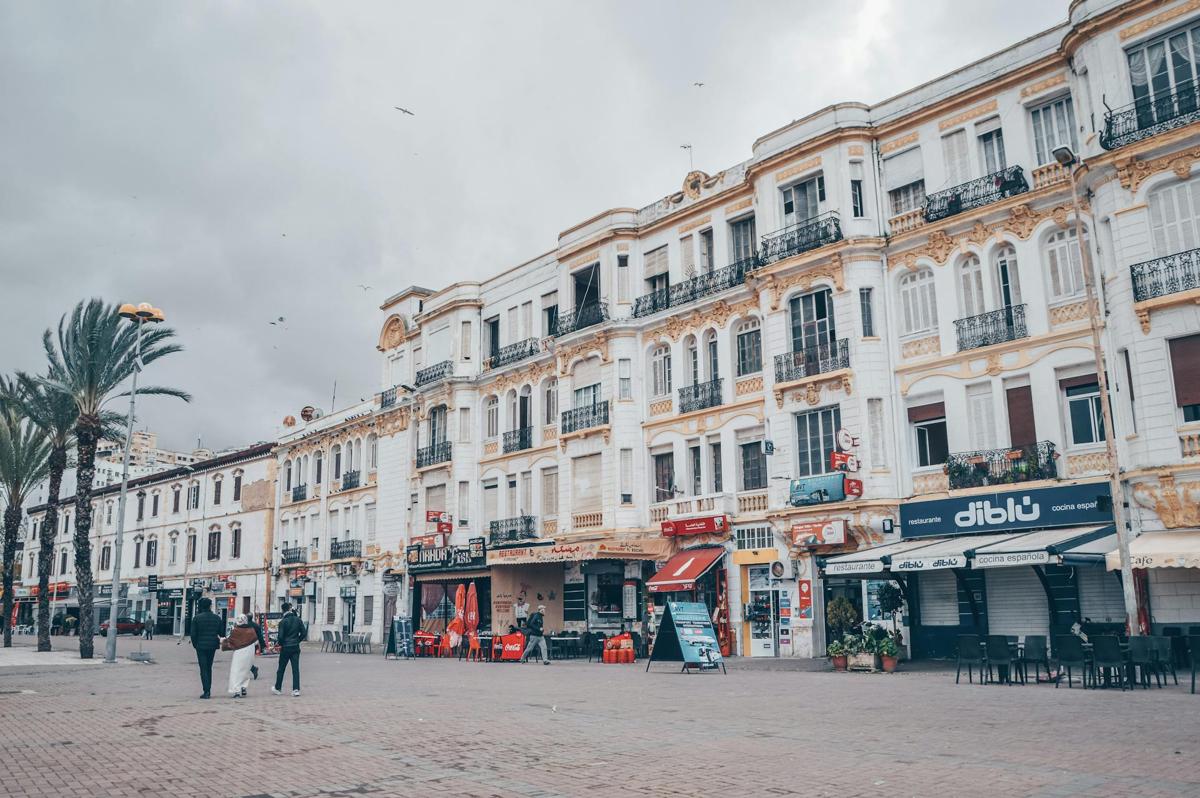
The Cultural Renaissance in Tangier is real. Once a refuge for writers and artists like Paul Bowles, this port city has transformed into a thriving cultural centre. The Grand Socco and other local markets in Tangier are bustling with activity. I once spent a morning speaking with a vendor about his handcrafted Berber rugs while enjoying some fresh orange juice. You can find treasures like the Kasbah Museum in a former sultan’s palace along the medina’s meandering streets.
Visit the Ville Nouvelle, home to hip cafes and galleries, for a contemporary twist. Agadir’s Top Attractions for Kids may draw families south, but Tangier’s beaches, like Plage Municipale, appeal to young visitors. Don’t miss the legendary Caves of Hercules, where the Atlantic and Mediterranean meet. Is Tangier a challenge? It can feel rough compared to the refined Marrakech, but that is part of its allure.

Ouarzazate: Gateway to the Sahara is where Morocco’s cinematic and desert dreams collide. Known as the “Hollywood of Morocco,” this city has starred in films like Gladiator and Game of Thrones. Cycling in Ouarzazate is a fantastic way to explore the rugged landscapes around the Kasbah of Ait Benhaddou, a UNESCO-listed fortress. I cycled there once, the desert wind in my hair, feeling like I’d ridden into a movie set.
Ouarzazate is also the jumping-off point for Zagora Desert Adventures. A camel trek into the Sahara from nearby Zagora is unforgettable—sleeping under a blanket of stars is a memory I still cherish. Visit the Atlas Film Studios for a behind-the-scenes look at Morocco’s movie magic. One note: The desert can be extreme, so pack layers for chilly nights and plenty of sunscreen.

A Day Trip to Asilah is a must for art lovers. This coastal town, just south of Tangier, is a canvas of whitewashed walls and vibrant murals. As a young traveller, I stumbled upon its annual arts festival and was mesmerized by the colourful street art that changes yearly. The medina is compact and walkable, with ramparts overlooking the Atlantic. Stop by a café for fresh seafood or browse galleries for local paintings. Asilah’s laid-back atmosphere makes it a perfect day trip, although you might be tempted to extend your stay.

Tetouan for Art and Architecture Lovers is a secret treasure in the Rif Mountains. Its Andalusian-inspired medina, another UNESCO site, is a labyrinth of elaborate doorways and whitewashed alleys. Inspired by the Royal Palace’s elaborate plasterwork, I once devoted a day to sketching its arches. Fes has great artisanal shopping, but Tetouan’s souks have interesting finds like embroidered slippers. To learn more about the city’s artistic culture, visit the School of Fine Arts or the Ethnographic Museum. Tetouan is a refreshing stop because it feels unaffected by mass tourism.
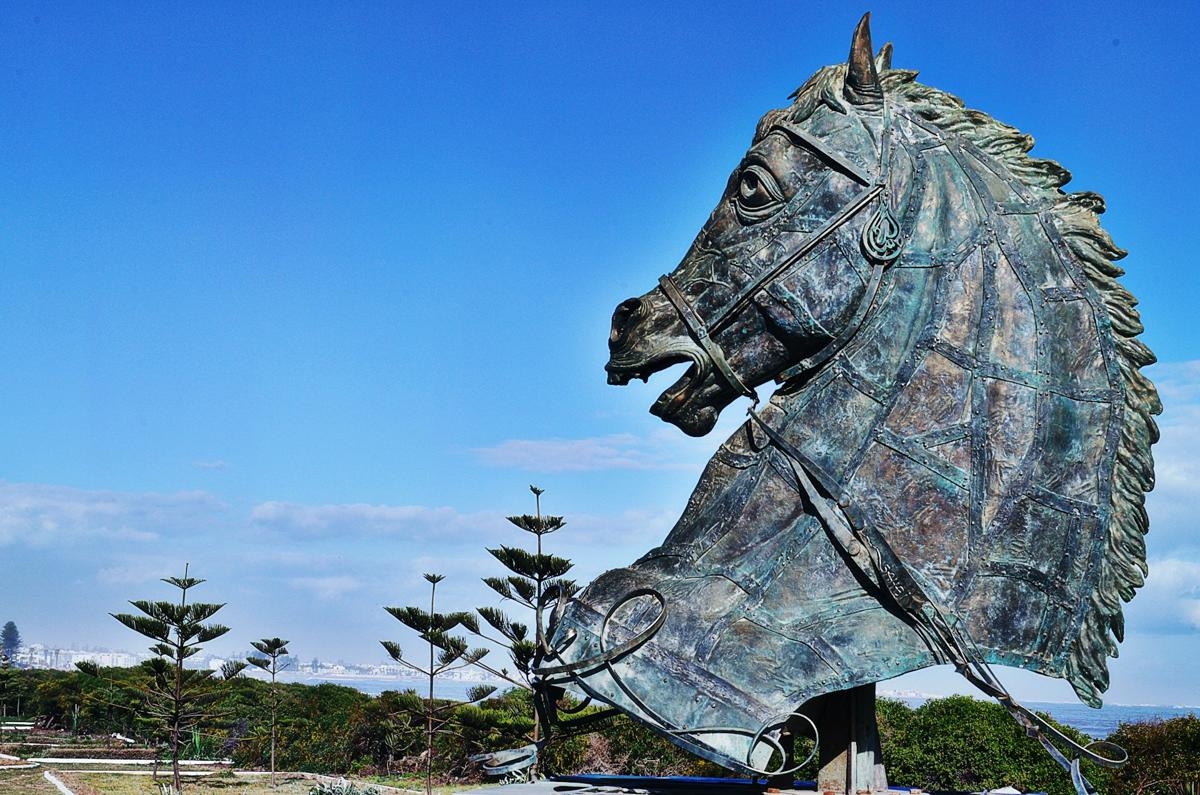
The first stop on the list of things to see in El Jadida is the Portuguese City, a fortified community featuring a spooky underground cistern. It felt like entering a lost world as you made your way through its vaulted chambers, where reflections dance on the water. Locals flock to the city’s beaches, and the seafood is excellent—try the grilled fish at a stand by the port. For those travelling along the coast between Casablanca and Essaouira, El Jadida is a wonderful place to stop because of its laid-back pace.

Agadir Travel Guide for First-Time Visitors emphasizes its sunny beaches and modern amenities. Rebuilt after a 1960 earthquake, Agadir feels contemporary compared to Morocco’s ancient cities. The Top Attractions for Kids in Agadir include the Crocoparc, a crocodile park that delighted my children, and the Souk El Had for family-friendly shopping. Stroll the promenade or take a camel ride along the beach for a fun day out. Agadir’s challenge is its lack of historical depth, but its laid-back vibe and water sports make it a hit for families.

Taroudant: The Little Marrakech is true to its moniker. Encircled by ochre walls, this southern city embodies a more subdued, less touristic version of Marrakech. Locals love the Sunday market, and its souks offer an abundance of Berber crafts. While purchasing a handwoven basket, I once spoke with the vendor about her village in the Anti-Atlas. To taste Taroudant’s past, visit the Palais Salam, a hotel once a pasha’s home. It’s an excellent starting point for touring the neighbouring Souss Valley.
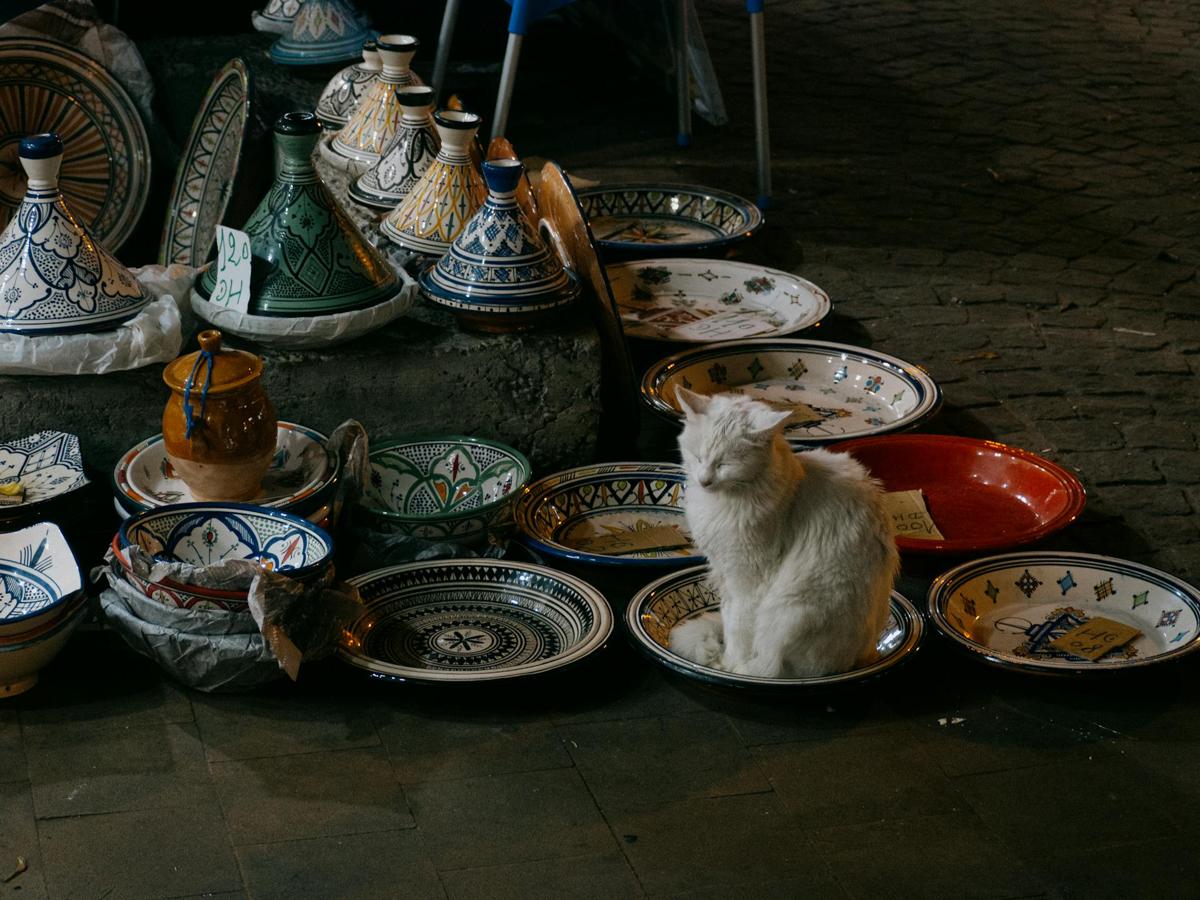
Craft lovers must visit Safi, Morocco’s Ceramics Capital. The city’s potters produce elaborate ceramics from delicate vases to colourful tagines. During my morning visit to the National Ceramics Museum, I marvelled at the artistry the generations had passed down. The Portuguese fortress by the sea adds historical intrigue, while the medina remains less crowded than other areas. Consider participating in a pottery workshop for a hands-on experience, but be prepared to get your hands dirty.
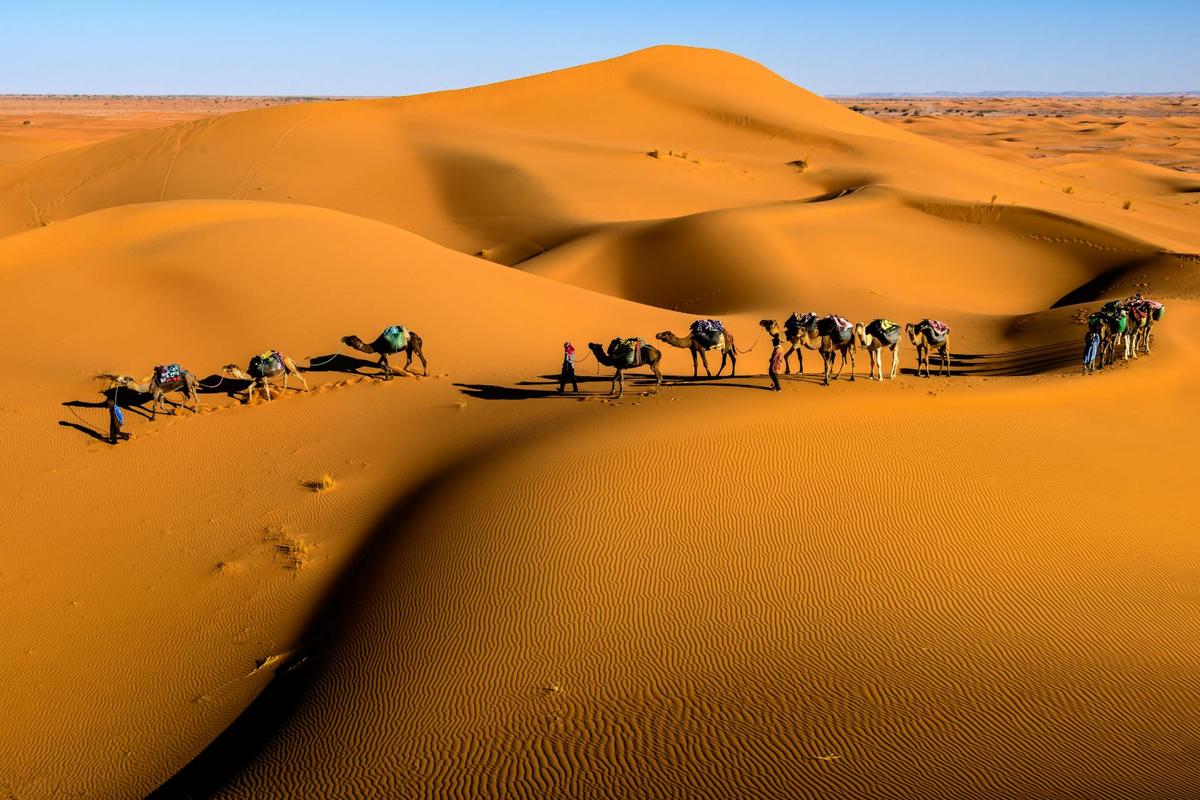
In addition to Zagora Desert Adventures, this desert town provides a taste of the untamed south of Morocco. The weekly market is stocked with spices and dates, and the Tinfou Dunes are a preview of the Sahara. The hospitality of a local family I once joined for tea in their mud-brick home evoked the warmth of Morocco. Zagora serves as an ideal starting point for desert excursions, offering the opportunity to explore its palm groves and kasbahs. Pack a spirit of adventure and sturdy shoes for desert hikes.
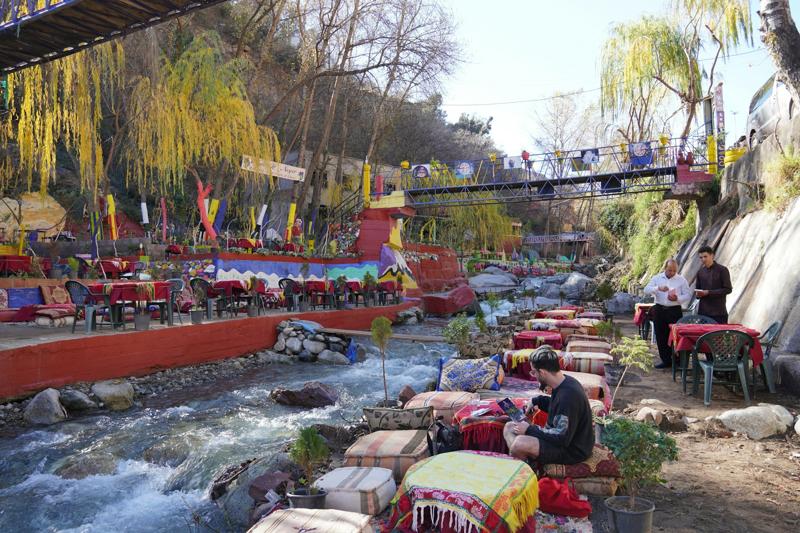
The Atlas Mountain Day Trips from Marrakech are a must-do when visiting Morocco. The Ourika Valley has hiking trails, waterfalls, and Berber villages an hour away. I’ve taken countless hikes there, and every time I go, I see a different aspect of the mountains’ splendour. For a cultural encounter, go to a women’s argan oil cooperative or a Berber market. While a leisurely drive through the valleys offers breathtaking views, the High Atlas peaks like Toubkal captivate adventurers. Ensure you pack layers as the temperature drops at higher altitudes.
FAQs About Visiting Moroccan Cities
Four questions to ask
Question 1
Which city is best for first-time visitors?
Marrakech is the most accessible, with its vibrant culture and tourist-friendly infrastructure. Pair it with a day trip to Essaouira or the Atlas Mountains for variety.
question2
How many days should I spend in each city?
Plan 2-3 days for Marrakech and Fes to explore their medinas and landmarks. Casablanca and Rabat work well for 1-2 days, while Chefchaouen, Meknes, and Essaouira are perfect for 1-2 days each. Smaller cities like Asilah or El Jadida can be day trips.
QUESTION3
Is it safe to travel between cities?
Yes, Morocco’s trains and buses are reliable, especially between major cities like Marrakech, Fes, Casablanca, and Rabat. For remote areas like Ouarzazate or Zagora, consider a private driver or guided tour for convenience.
QUESTION4
What‘s the best time to visit?
Spring (March-May) and fall (September-November) offer mild weather across most cities. Coastal cities like Essaouira and Agadir are pleasant year-round, but avoid the desert in summer due to extreme heat.
Top Cities to Visit in Morocco
Explore our latest guides on Morocco’s must-visit cities—discover attractions, culture, and insider tips for your next destination.
A Journey to Remember
Cities in Morocco are a patchwork of hues, sounds, and legends. Every destination offers a different aspect of this nation’s soul, from the calm blues of Chefchaouen to the hectic energy of Marrakech. Having lived in Morocco for 48 years, I can tell you that no place compares to it. You are immersed in a culture as lively and welcoming as the place you visit, whether walking the ramparts of Essaouira, chasing sunsets in Ouarzazate, or enjoying tea in a Fes riad. Bring your curiosity, permit yourself to act rashly, and allow Morocco to captivate you.
Listen to this Article
For our readers who like to listen on the go or need accessibility, here’s the full audio:

